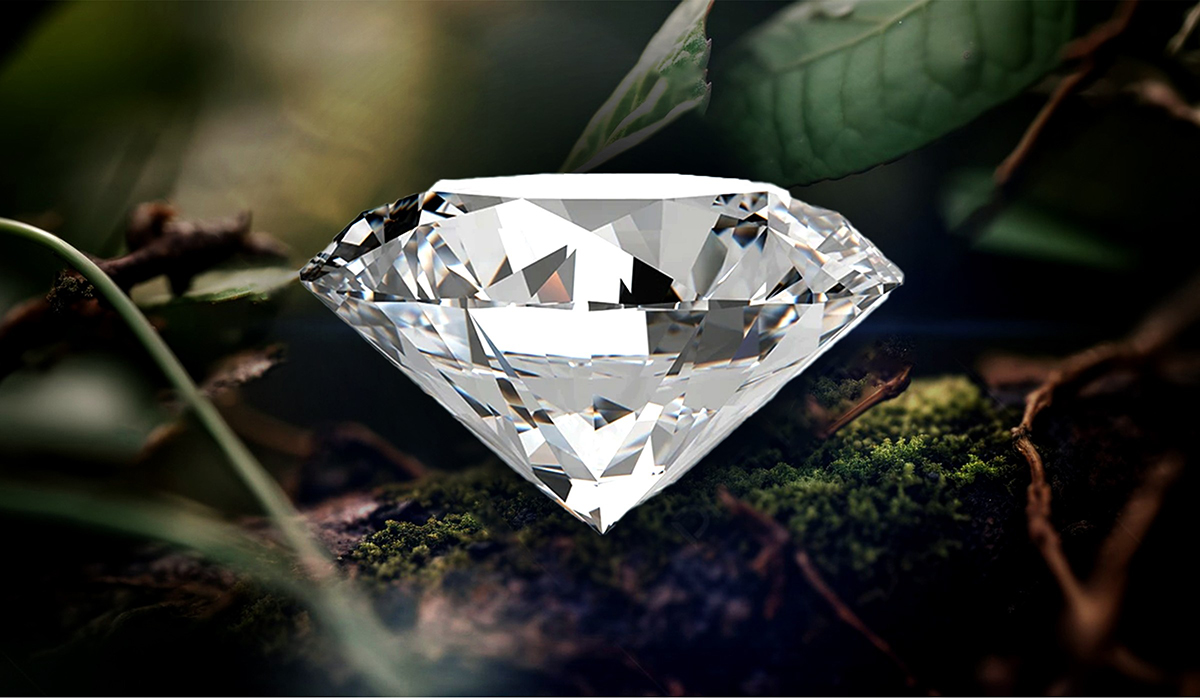Recycled gold has become a popular choice for environmentally conscious consumers and jewelry makers, offering a way to reduce the demand for mined gold while preserving natural resources. However, despite its growing popularity, several myths about recycled gold persist, leaving many people confused about its true value and quality. Let’s break down some of the most common myths about recycled gold and provide clarity.
1. Recycled Gold Is Inferior in Quality
One of the most widespread myths is that recycled gold is of lower quality than newly mined gold. This myth often stems from a misunderstanding of the recycling process. In reality, recycled gold is just as pure and high-quality as newly mined gold.
Gold is a non-corrosive metal, which means it doesn’t degrade or lose its properties when reused. The recycling process involves melting down gold and purifying it to remove any impurities. The result is gold that is nearly identical to the gold that was first mined. Whether gold comes from a ring, a coin, or a broken necklace, it can be melted and refined to match the purity of newly mith about recycled Gold, sometimes even to the highest levels of refinement, like 24-karat.
2. Recycled Gold Has a Negative Impact on the Environment
Another myth surrounding recycled gold is that it is not as environmentally friendly as it sounds. While it is true that recycling gold still requires energy and resources, it is far less damaging to the environment than gold mining. Gold mining has a significant environmental impact, often involving destructive practices like open-pit mining, which devastates ecosystems, uses toxic chemicals like cyanide, and generates massive waste.
Recycling gold, however, is a much more sustainable process. It requires fewer resources, generates less pollution, and has a significantly lower carbon footprint compared to mining. The more gold that is recycled, the less need there is for new mining, helping reduce the negative environmental impacts associated with gold extraction.
3. Recycled Gold Is Only for Low-Value Jewelry
Some people mistakenly believe that recycled gold is only used for cheap or low-value jewelry, thinking that it lacks the prestige of newly mined gold. In fact, recycled gold is used to create high-quality, luxury items just as much as newly mined gold. Many high-end jewelers use recycled gold to make their products, and some even tout their use of recycled materials as a selling point for environmentally conscious buyers.
The value of a piece of jewelry depends on factors like design, craftsmanship, and gold purity rather than whether the gold is recycled or newly mined. Recycled gold can be just as valuable and durable as any other gold.
4. Recycled Gold Has a Different Appearance
There’s a common belief that recycled gold looks different from newly mined gold, such as being darker or having an unusual tint. This is simply not true. Gold retains its natural luster and color throughout the recycling process, and any variation in appearance would be due to the alloying metals mixed with the gold or the finish applied to the jewelry, not the recycling process itself.
The color of gold can vary slightly depending on the mix of metals like copper or silver, but this is true for both newly mined and recycled gold. The final appearance of a gold item is determined the alloy and how it is processed, not whether the gold was recycled or not.
5. Recycled Gold Is More Expensive Than Newly Mined Gold
Some people believe that recycled gold is more expensive than newly mined gold because it goes through an additional process. However, the price of gold is primarily determined global gold market prices and not whether the gold is recycled or freshly mined.
In many cases, recycled gold can actually be more cost-effective because the recycling process can be more energy-efficient and less resource-intensive than mining. Moreover, lab diamonds, the use of recycled gold can help reduce the price volatility tied to gold mining operations, which are subject to geopolitical factors and environmental concerns.
6. All Recycled Gold Is the Same
Another myth is that all recycled gold is the same, regardless of the source. In fact, the quality of recycled gold can vary depending on how it was sourced and refined. For example, gold extracted from electronic waste may have a different composition than gold from old jewelry. The purity and quality of recycled gold depend on the refining process, which can remove any impurities and bring it to the desired level of purity.
7. Recycled Gold Is Less Secure or Valuable as an Investment
Some people argue that investing in recycled gold is less secure or less valuable than investing in newly mined gold. The truth is that gold, regardless of whether it is newly mined or recycled, holds its value over time due to its rarity and demand in markets worldwide. Recycled gold can be just as good an investment as newly mined gold since it still holds intrinsic value. In fact, more people are considering recycled gold as a way to invest in gold with less environmental impact.
Conclusion
Recycled gold is an excellent option for both jewelry buyers and investors, offering a sustainable and cost-effective alternative to newly mined gold. The myths surrounding recycled gold—whether about its quality, environmental impact, or investment potential—are often based on misinformation or misunderstanding. By educating consumers and clearing up these myths, we can make more informed choices about the gold we buy, supporting both the environment and the economy.



